One of the things I love about going to conferences is the chance to hear from graduate students. I love their energy and their plans for the future of education. I have been working in education for 41 years. I can see the end creepying towards me. Okay, some days it feels like it is flying towards me. The ideas and research of graduate students is rejuvenating.
I meet Stacia about a year ago, but at the ELATE conference last July I had the chance to hear her talk about her research project. It was fantastic. I loved what she was doing. I am waiting for her to finish her dissertation so I can read all aboutof her project. I knew right away there was a blog post in what she was presenting. When she was done, I told her so. She asked a few questions, we set us a date, and here we are.
Oh, there is one more important thing, Stacia is working on her Ph.D at my Alma Mater, The University of Georgia--Go Dawgs!.
Take it away Stacia.
Talking About Sexual Assault with Adults: What Can We Learn From YAL?
by Stacia L. Long
Representations of Adults in YAL
Hadley (2018) pointed out that “one of the common plot devices in YA literature has been absent parents” (p. 24) or other adults. However, although they are often absent in YAL, adults who appear in the stories are “important in young adults’ lives no matter what presence they might have” (Gimalva, 2015, p. 1). Adults such as parents, teachers, coaches, and religious figures circulate through these books in remarkably interesting ways (Niemi, Smith, & Brown, 2014). They are present, yet also absent, at times even when present.
Examples of Adults in #MeToo YAL
Four #MeToo-era novels I’ve come across include first-person narrations from the perspective of a victim of sexual assault: The Way I Used to Be by Amber Smith (2016), Asking for It by Louise O’Neill (2016), Exit, Pursued by a Bear E. K. Johnston (2017), and Saints and Misfits by S. K. Ali (2017). Three out of these four novels feature White middle-class girls, characteristic of the genre even as it has begun to expand to include other intersectional identities. Two of the four have been discussed in YA Wednesday blog posts by Margaret Robbins, and by Luke Rodesiler and Mark A. Lewis, focusing on different aspects of the novels such as diet culture and sports in YAL. In the following summaries, I emphasize the roles of adults in how the characters experience and attempt to recover from the assaults.
Readers of these texts and others that center sexual assault could consider these questions, posed from a variety of perspectives:
- When and how do readers learn about the sexual assault or sexual violence in the book?
- With whom do characters share their sexual assaults? How, where, and why does this conversation unfold?
- How is the character cared for and supported by adults before and after revealing the sexual assault?
- What kinds of adults are in the story? What roles do they have and what are their relationships like with the protagonist?
- How are the relationships between adults and high school students constructed in trauma-centered scenes where sexual assault is essential to the plot? What words are used? How do bodies move throughout the space? What are the consequences or outcomes?
- How are high school characters supported at the time they give their testimonies and seek action and healing?
- What values are demonstrated throughout the interactions between adults and high school characters around sexual assault?
- How might you respond instructionally and relationally to the protagonist in these novels, if you were their teacher?
- How would you suggest to students that they approach the topic of sexual assault with adults?
- How might you open conversations with other teachers and administrators about the issues raised in the novels, and help the school address sexual assault in ways that ensure the safety of victims?
Additional Books
- Gabi, a Girl in Pieces by Isabel Quintero
- All the Rage by Courtney Summers
- Rani Patel in Full Effect by Sonia Patel
- What We Saw by Aaron Harzler
- Push by Sapphire
- Fault Line by Christa Desir
- The Hollow Girl by Hillary Monahan
- Blood Water Paint by Joy McCullough
- Symptoms of Being Human by Jeff Garvin
- Every Last Promise by Kristen Halbrook
- Shout by Laurie Halse Anderson
- I Have the Right To: A High School Survior’s Story of Sexual Assault, Justice, and Hope by Chessy Prout with Jenn Abelson
- Things We Haven’t Said by Erin Moulton
- Missoula: Rape and the Justice System in a College Town by Jon Krakauer
- Asking for It: The Alarming Rise of Rape Culture -- and What We Can Do About It by Kate Harding
Hadley, H. L. (2018). Good mother/bad mother: The representation of mothers in recent Printz Award winning literature. The ALAN Review,45(2), 23-34.
Giamalva, A. (2015). Does family matter: The parental roles of young adult media. SLIS Connecting, 4(1), 1–11.
Lewis, M. A., Petrone, R., & Sarigianides, S. T. (2016). Acting adolescent? Critical examinations of the youth-adult binary in Feed and Looking for Alaska. The ALAN Review, 43(2), 43–50.
Moore, A. (2018). We believe her: Sexual assault and friend/ally/ship in Exit, pursued by a bear. The ALAN Review, 46(1), 15–27.
Niemi, N., Smith, J. B., & Brown, N. (2014). The portrayal of teachers in children ’s popular fiction. Journal of Research in Education, 20(2), 58–80.
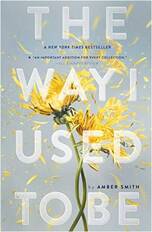
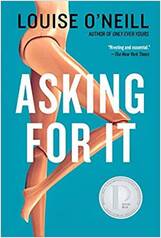
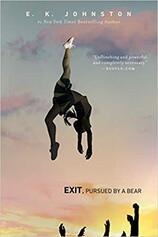
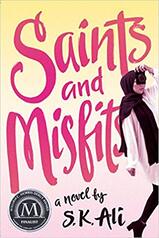
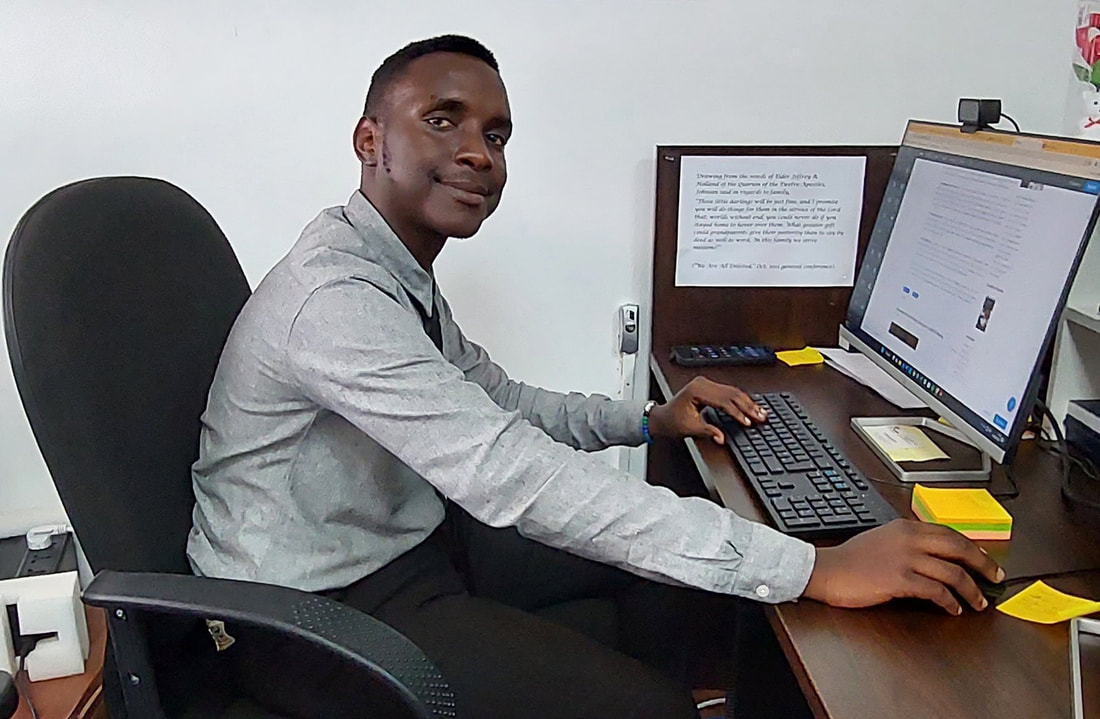
 RSS Feed
RSS Feed